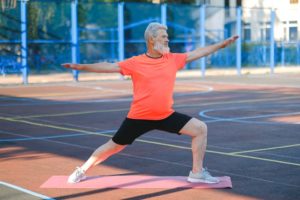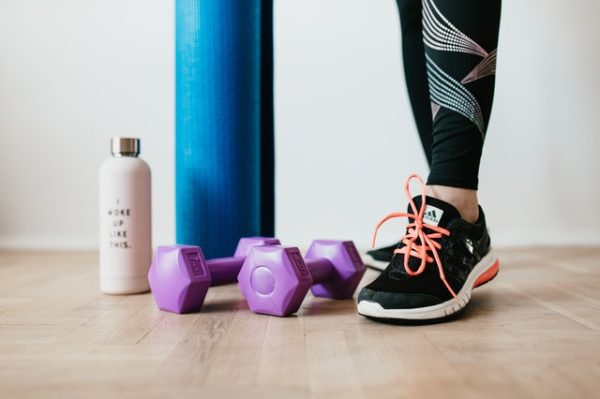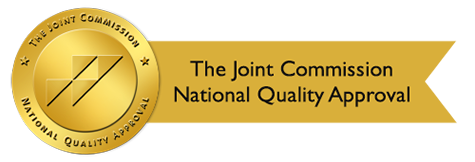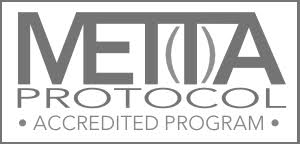In a National Center for Health Statistics brief in 2020, around 20% of adults had chronic pain and 7% experienced chronic pain that limited daily living (often called high-impact chronic pain). In fact, it is one of the most common reasons adults seek medical care.
It is important to point out that chronic pain can be managed. The key is a proper assessment to understand the causes of chronic pain. Various treatments are readily available and in this article, we will explore one of them–active recovery.
What are Physical Medicine and Rehabilitation?
Active recovery is part of a larger umbrella called physical medicine and rehabilitation (other common terms are physiatry and rehabilitation medicine). This medical specialty aims to restore and enhance the functional ability and quality of life of a person who has been disabled due to an injury, ailment, or disease.
To rehabilitate means to make ‘able.’ This means rehabilitation cannot undo or reverse the damage caused by injuries or diseases. Instead, its ultimate goal is to help individuals restore their optimal health, functioning, and wellness.
Rehabilitation medicine offers integrated and multidisciplinary management with the ultimate goal of recovery. This is done by addressing the physical, medical, emotional, psychological, and social needs of the patient. Every program depends on a patients’ needs, making each care plan unique; thus the need for seeking professional advice.
Is Active Recovery better than Rest or Passive Recovery?
Chronic pain, unlike acute pain, persists. It often impedes daily functioning and contributes to disturbed sleep, depression, and anxiety. Persisting pain also means inflating healthcare costs, apart from overall poor quality of life.
Passive recovery or more commonly known as rest and inactivity has been a common treatment recommendation for many years. The main idea is to limit the movement of certain body parts or the sources of pain to allow them to heal or simply to not worsen the ache.

Another approach to chronic pain is the complete opposite of rest: active recovery. What is active recovery as opposed to passive recovery? This just means performing movements and exercises to manage and even reduce aches and discomfort brought by chronic pain. In a nutshell, if passive recovery only requires you to sit down, rest, and watch your favorite movies all day, active recovery days require a lot of body movement.
Passive recovery and active recovery treatments are both used and recommended for chronic pain intervention. Depending on your current condition and with the proper guidance by a certified professional, keeping an active recovery workout routine has little to no adverse effects. Also, it has been proven to have added benefits. More on this in the next section of our article.
Benefits of Active Recovery
It may seem counterintuitive to recommend an active recovery workout as an intervention for chronic pain. However, studies found that keeping it active may be beneficial in the overall general health of a person.
One of the main benefits of an active recovery workout is that it can reduce the severity of the persisting pain. Exercise as an intervention for chronic pain reduces inflammation and increases mobility. This eventually decreases the need for pain medications, thus lessening the risk for opioid dependence.

Active recovery also reduces the effects of deconditioning or the functional losses in mental and physical activity after long periods of inactivity (bed rest or sedentary lifestyle). Additionally, active recovery exercises also increase blood flow, counteracting inflammation, and reduce lactic acid buildup in muscles. Other benefits also include reduced risk for weight gain and potentially improved mental health and physical functioning.
4 Best Active Recovery Exercises For Chronic Pain
An active recovery activity is a low-intensity exercise usually performed after a high-intensity exercise or a tough workout. Some examples of these are jogging, swimming, cycling, and yoga.
Wondering about the best active recovery workouts to try? Below are some of the common exercises used in patients that you can test out.
Aerobic and Cardio Exercises
Aerobic and cardio exercises are for strengthening our heart and lungs which increase blood flow. These workouts are often linked to weight loss. This decreases pressure on joints and the spine, which can improve symptoms of persisting pain. Here are some ways to introduce them to your routine:
- Walking for a few minutes helps in improving heart and lung health. Start with a slower pace and shorter walks if it proves to be a challenge. Then, eventually increase pace and time as you see fit. If you are using a walker or a cane, bringing them is important.
- Swimming and other aquatic exercises are also options especially if you have mobility issues. Being in water lessens the impact on joints while performing routines that can still strengthen your cardiovascular health and endurance.
Strength and Resistance Exercises
This physical activity aims to build muscle strength, power, and endurance. Having good muscle strength improves your ability to carry yourself through better support for your bones. Strength and resistance exercises can decrease stiffness in muscle groups and potentially improve metabolic processes in your body. Additionally, they can improve your posture and balance, which can prevent further injuries. Some of these workouts are step-ups, chest presses, squats, lunges, and deadlifts.
Relaxation Exercises
The goal of this type of exercise is to calm your mind and your body. Yoga is an example of this kind of exercise. They can reduce the amount of cortisol or stress hormones in your blood. They can also relax your sore muscles, improve your breathing, and clear your mind. A good example of a relaxation exercise is foursquare breathing. Here’s how to do it:
- Breathe deeply and allow your abdomen to expand and contract like a balloon.
- Inhale to a count of four, hold for a count of four.
- Exhale to a count of four, hold to a count of four.
- Repeat for ten cycles.
Flexibility and Stretching exercises
Flexibility is important for people with chronic pain. These are basically stretching exercises that boost the range of motion around a joint, as well as muscle and joint mobility. Stretching exercises can also relieve tension and stiffness and improve blood flow. Additionally, having a good range of movement prevents falls and other injuries.

This list is non-exhaustive and it is always important to consult a professional or a physical rehabilitation center before starting any routine. Nonetheless, engaging in active recovery provides pain relief that does not carry the risk of drug dependency. It also develops and improves daily function efficacy and self-management in patients, which can potentially reduce the need to seek costly medical care.
Chronic Pain Treatment in Long Beach
Chronic pain looks different for each person. Some may need treatment that involves active recovery workouts, passive recovery rest, or a combination of both. If you or your loved one is experiencing pain that lasts for weeks, months, or even years, don’t hesitate to reach out to us here at Roots Through Recovery.
Why choose Roots? Apart from offering physical rehab in California, we offer a wide selection of programs from chronic pain treatment to mental health therapy. Here at Roots, we embrace the culture of wellness that is at the heart of Long Beach, a city that offers a uniquely diverse community for healing the mind, body, and spirit.
Come visit us at 3939 Atlantic Ave, Suite 102 Long Beach, CA 90807 or call (866) 766-8776 for immediate assistance.




